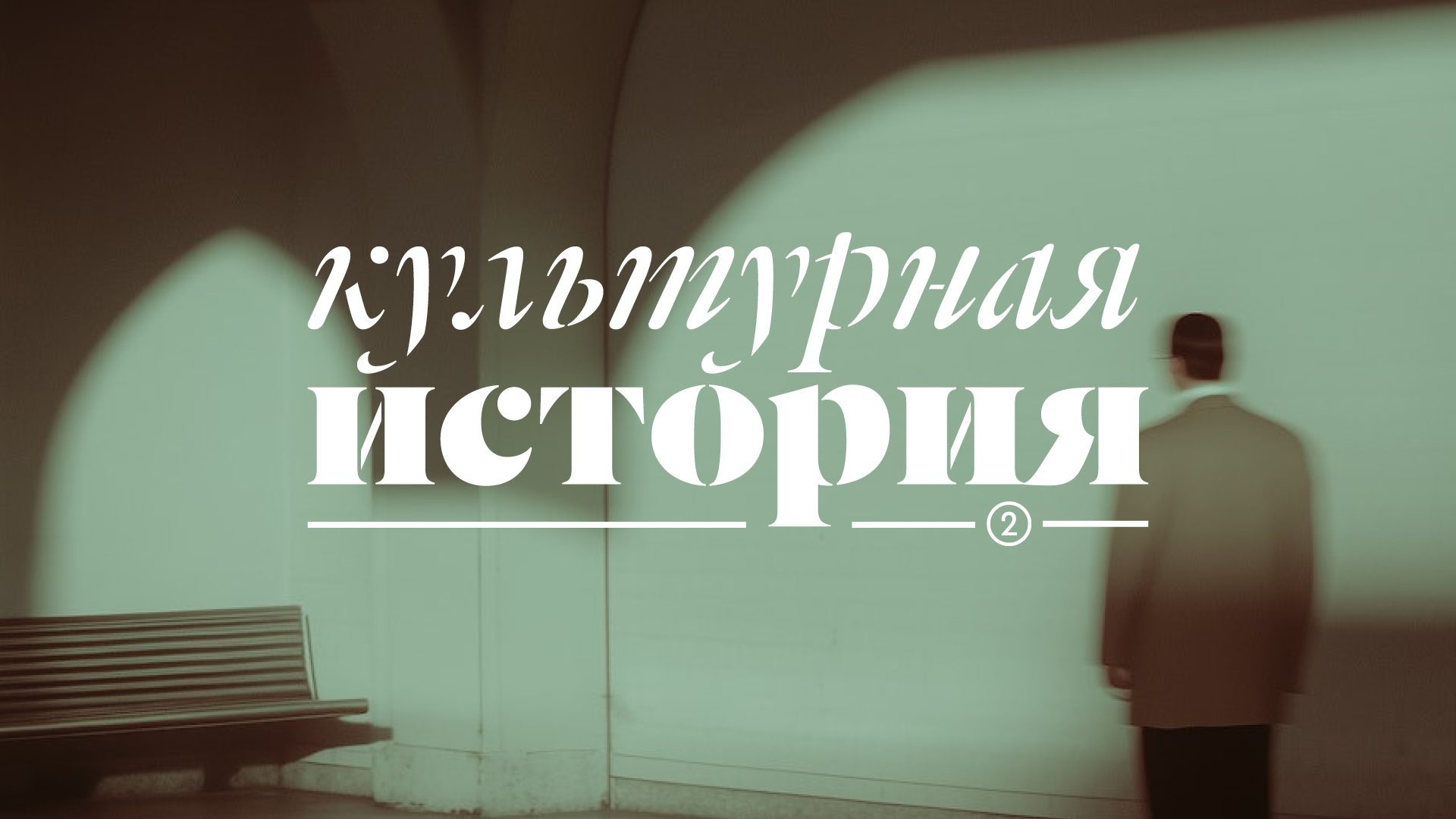Аннотация
Статья представляет собой анализ использования образа Кузьмы Минина в контексте Первой мировой войны и Российской революции 1917 г. В политических текстах этого времени Минин выступал как символ патриотизма и жертвенности гражданского населения. Автор исследует конфликтные интерпретации этого образа разными политическими группами для патриотической мобилизации и влияния на общественное мнение. В годы Первой мировой войны монархисты и либералы оспаривали друг у друга право считаться «потомками» знаменитого нижегородца. После начала революции организатор Второго ополчения стал символом активного гражданства, который применялся для агитации в поддержку различных патриотических инициатив. Современными Миниными могли называть политических лидеров, его имя использовалось социальными группами для самооправдания своей деятельности. Вместе с тем образ Минина стал инструментом критики недостаточной общественной активности и патриотизма. Консервативные и либеральные газеты обвиняли в «классовом эгоизме» низы общества, социалистическая пресса порицала предпринимателей за нежелание жертвовать во благо родины. Как итог, образ Минина трансформировался, отражая глубокие классовые расколы и разочарование в нежелании различных слоев общества содействовать защите страны.
